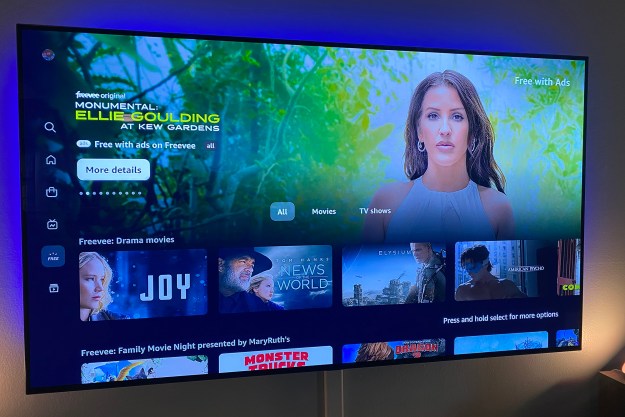Plex has secured itself an enviable position as one of the most supported apps on smart TVs and streaming boxes. Only Netflix and YouTube enjoy a larger footprint when it comes to hardware providers, and that’s saying a lot. Plex has been able to get its app on WebOS, tvOS, Android, iOS, Roku, and dozens of other platforms largely because, as a personal media server client, it takes an agnostic approach to third-party content. As it looks for growth and revenue opportunities, though, there’s a chance that could change. Digital Trends recently spoke with Plex vice president of marketing, Scott Hancock, about the company’s plans, which go well beyond making it easy to access local or network media files.
Hancock told us that Plex is still focused on its core experience of making it easier to access and organize personal media, but that future development efforts will be concentrated on augmenting these collections with other sources. That process has been underway for some time. The company has already introduced Live TV and DVR features through the use of third party OTA tuners, like SiliconDust’s HDHomeRun box, and its dashboard gives users the ability to add streaming news, and web shows to their library of media options. “The idea is that we become kind of that central point for the media that’s most important to you,” Hancock said.
Last year, however, the platform added Tidal, its first subscription streaming partner. The move is a strong indicator that not only is Plex just as focused on audio as it is on video (you can add podcasts to Plex as well), it’s planning for a future in which consumers will need help bringing together a diversity of personal, paid, and free media sources into one easy-to-manage experience. “We’ve got the ability now,” Hancock said, “with the infrastructure in place, to start adding on all these different types of services into the Plex ecosystem across all these different devices.”
This ability has naturally led to speculation about what’s next. Plex’s business model to date has been almost entirely funded through paid subscriptions to its Plex Pass product, which unlocks premium features within the Plex Media Server like parental controls and the Live TV and DVR option. The free Plex experience however, accounts for a high majority its users. Finding ways to generate revenue from these consumers is a big opportunity, and a free, ad-supported movie streaming service would fit the bill nicely. When asked if the company was about to do just that, Hancock demurred, saying only, “we’re looking into both ad supported content as well as subscription-supported content. We could go either way, or do both.”
Assuming for the moment that some kind of streaming video option is in the near future, the question now is whether Plex will be content to keep partnering with existing streaming services, or will it seek to create its own product? On this topic Hancock was less equivocal: “We see ourselves as being a bit more of a third party, in that we don’t have our own goods.” When we proposed that a virtual cable subscription model, similar to Sling TV, or Hulu Live would make a lot of sense given the current Live TV and DVR’s EPG feature, Hancock acknowledged it was also one of the options Plex was thinking about. “Our users are anxious for another solution beyond what we have currently provided.”
So while Plex has nothing to announce at the moment, we doubt it will be long before that changes.
Editors' Recommendations
- Tidal vs. Spotify: Which music streaming service has the features you need?
- Apple’s MLS Season Pass is streaming all games free this weekend
- Plex is now in the movie rental business, with a catch or two
- YouTube TV still leads after latest round of streaming numbers
- Plex is now a social media platform for movie and TV fans




